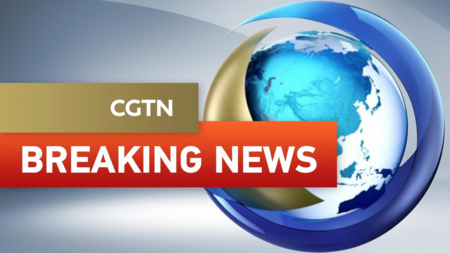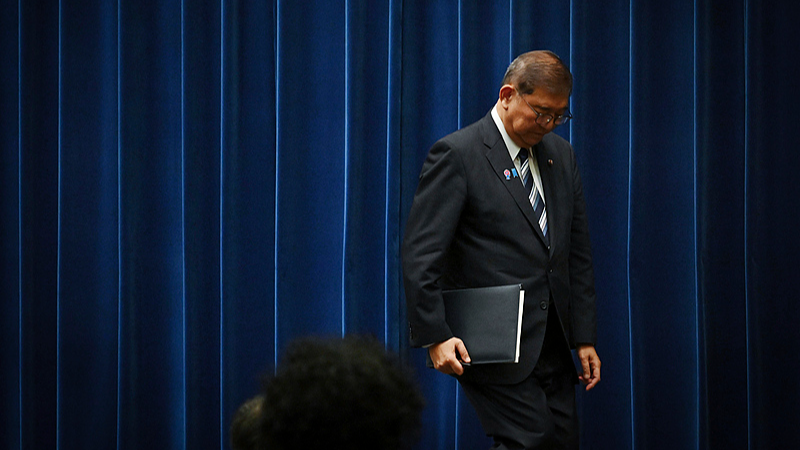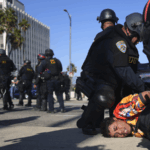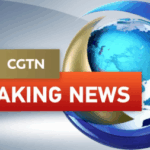Nepal’s political landscape shifted dramatically this week as Prime Minister KP Sharma Oli resigned following days of violent protests over corruption allegations and a controversial social media blackout. The move comes after 19 people died in clashes between demonstrators and security forces, sparking global attention. 🌍✊
Curfews Defied, Tensions Rise
Protesters flooded Kathmandu’s streets despite an indefinite curfew, demanding accountability after Oli’s administration temporarily banned major social platforms—a move critics called an attempt to silence dissent. The ban reportedly aimed to curb "misinformation," but instead fueled public anger. 📱💥
A Leader’s Exit
In his resignation letter to Nepal’s president, Oli stated he stepped down to "resolve the problems" and create space for a "political solution." His departure leaves the Himalayan nation at a crossroads, with youth-led demonstrations highlighting growing demands for transparency. 🏔️⚖️
What’s Next for Nepal?
Analysts say the crisis underscores deeper tensions between Nepal’s leadership and its digitally connected young population. As the country grapples with economic challenges and corruption claims, all eyes are on whether new leadership can bridge the divide. 👀✨
Reference(s):
Nepal Prime Minister KP Sharma Oli resigns after protests: statement
cgtn.com






